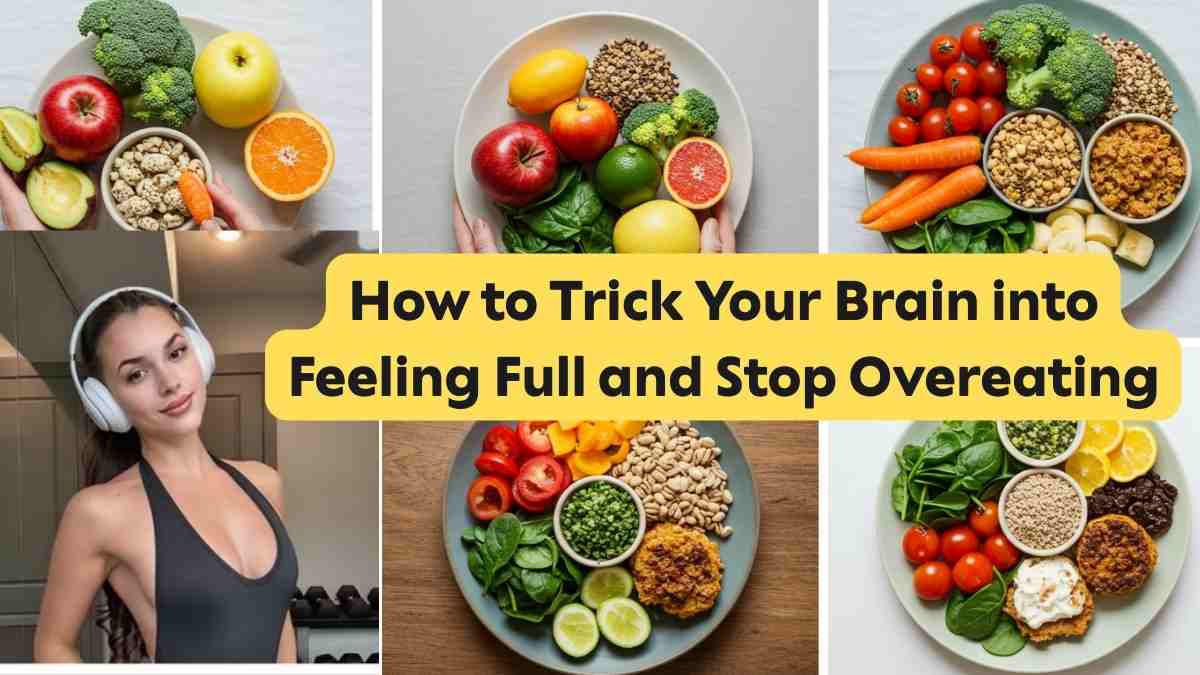How to Eat More and Stay in a Calorie Deficit: A Nutritionist’s Guide
Most of us have been told that losing weight means eating less. We picture small salads, tiny portions, and a constant feeling of hunger. But what if you could eat a large volume of food—say, up to 2 kilograms a day—and still be in a calorie deficit? A nutritionist recently shared this approach, and it’s a concept that could change how you think about your meals.
It’s not a magic trick; it’s a strategy known as “volume eating.” It’s all about being smart with your food choices to feel full and satisfied while managing your calorie intake.
What Exactly is Volume Eating?
Volume eating is simple: you prioritize foods that have a low calorie density. This means you can eat a large quantity of these foods without consuming too many calories.
Think about it this way: a small handful of nuts might have the same number of calories as a huge bowl of salad filled with leafy greens, cucumber, and tomatoes. The salad will fill you up much more than the nuts, making you less likely to overeat later. The goal is to fill your plate with foods that are rich in nutrients, fiber, and water but low in calories.
Why Does This Method Work?
The reason volume eating is so effective comes down to how our bodies register fullness, a feeling known as satiety.
Foods that are high in water and fiber, like fruits and vegetables, take up more space in your stomach. This physical fullness sends signals to your brain that you’ve had enough to eat.
Additionally, protein is a key player. Lean protein sources like chicken, fish, tofu, and Greek yogurt are very satiating. They take longer to digest, keeping you feeling full for hours and reducing the urge to snack on less healthy options. By combining these food groups, you can create meals that are both large in volume and highly satisfying.
How You Can Start Volume Eating Today
Adopting this style of eating doesn’t require a drastic overhaul of your diet. You can start by making a few simple swaps and additions.
1. Fill Half Your Plate with Vegetables
At every meal, aim to make non-starchy vegetables the star. Think leafy greens, broccoli, cauliflower, zucchini, bell peppers, and cucumbers. You can add a huge portion of these to bulk up your meal without adding many calories.
2. Prioritize Lean Protein
Make sure to include a source of lean protein with each meal. This could be grilled chicken, fish, eggs, tofu, lentils, or a scoop of Greek yogurt. This will help keep hunger at bay.
3. Choose High-Fiber Carbohydrates
You don’t have to cut out carbs. Just choose wisely. Opt for whole grains like oats, quinoa, brown rice, and whole-wheat bread. These are packed with fiber and will keep you fuller than their refined counterparts like white bread or pasta.
4. Be Mindful of Extras
This is where calories can sneak in. Be careful with oils, butter, creamy dressings, and sugary sauces. A little bit goes a long way. Try using lemon juice, vinegar, herbs, and spices to add flavor instead.
5. Stay Hydrated
Sometimes our bodies mistake thirst for hunger. Drinking plenty of water throughout the day can help you feel full and stay energized.
By focusing on whole, nutrient-dense foods, you can eat satisfying portions, avoid feeling deprived, and still reach your health goals. It’s about eating smarter, not less.
Updated on August 23, 2025 with latest context.



